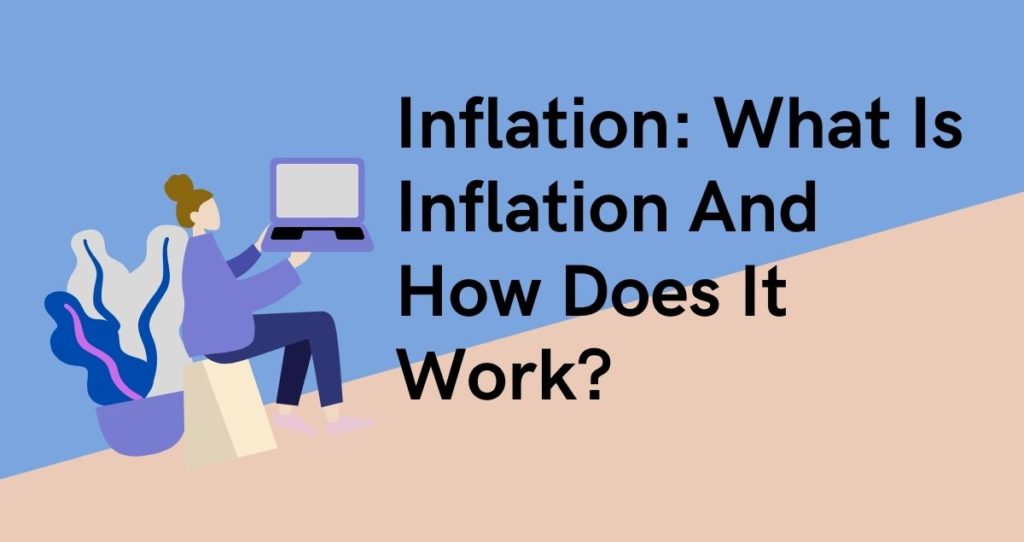Inflation refers to the increase in prices of goods and services and the fall in the purchasing value of money in a given economy, according to the Dictionary. As prices increase, it requires more money to buy the same item every year.
One can argue that the value of this item increased, which is somehow true. However, the true cause of high prices is attributed to the currency that lost its value. As a result, merchants will charge more money on the same item to achieve the same returns.
Example of inflation
Inflation rate changes from one year to another due to different economic conditions. If we take the average inflation rate for 2019 which was 2.28%, according to StatBureau; we can examine investment returns from different scenarios.
Scenario 1: You put $1,000 into a checking account for the whole year of 2019. In this case, you did not make any money because your interest return for your checking account was 0% (you do not earn interest on a checking account). On the other hand, the prices of goods and services increased by 2.28% for the year ended in 2019.
In other words, your purchasing power went down by 2.28% or $22.8 (2.28% of $1,000 = $22.8). Even if your account still shows $1,000, it cannot buy an item that used to cost $1,000 a year ago. This is because the item now costs $1,022.8 on average.
For this reason, you lost $22.8 by letting your money sit in a checking account for a year.
Scenario 2: You Invested $1,000 in stocks that earned you a 3% return. By investing your money in stocks, you were able to make 3% or $30 (3% of $1,000 is $30) in 2019. This means that at the end of the year, your account had $1,030 in it.
Let’s now consider the impact of inflation on your account using the inflation rate for 2019. Since inflation was 2.28%, your purchasing power was reduced by 2.28%, or $22.8. Even if your account shows $1,030, the true value of this account was $1,007.2.
The other way to find this number is to use the following method:
You made a 3% return on your investment. However, you lost 2.28% on inflation. As a result, your actual return was 3%-2.28%= 0.72%. This will translate to a $7.2 (0.72% of $1,000 is $7.2) total return for 2019. As a result, the actual value of your account is $1,007.2 ($1,000+$7.2).
Since your account has more money than you deposited after factoring in the inflation factor; you can safely say that you beat the inflation.
How to beat inflation?
You can beat inflation by investing your money in high-return investments.
The following are a few options you can consider.
- Invest your money in real estate
- Buy bonds
- Invest in stocks, ETFs, Index Funds, and Mutual Funds.









